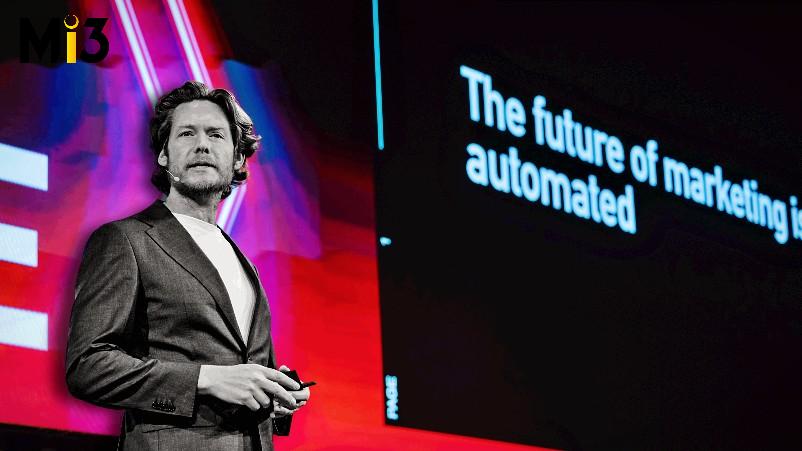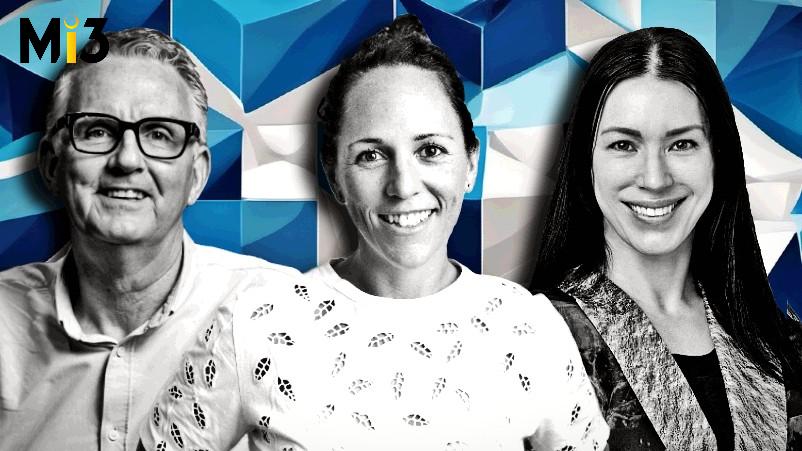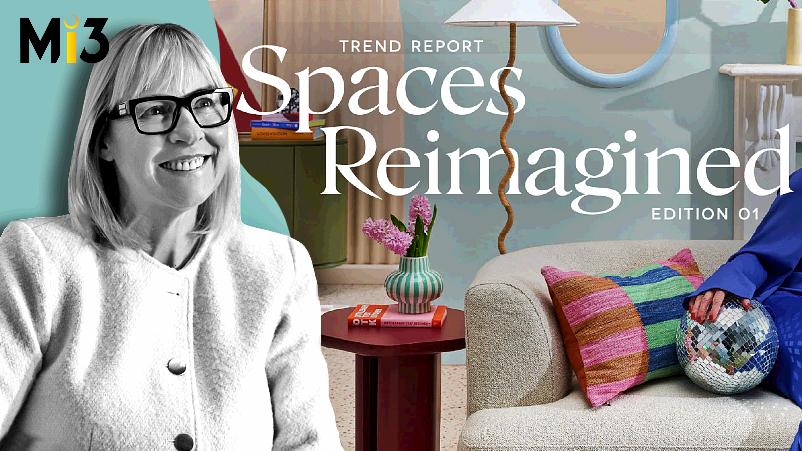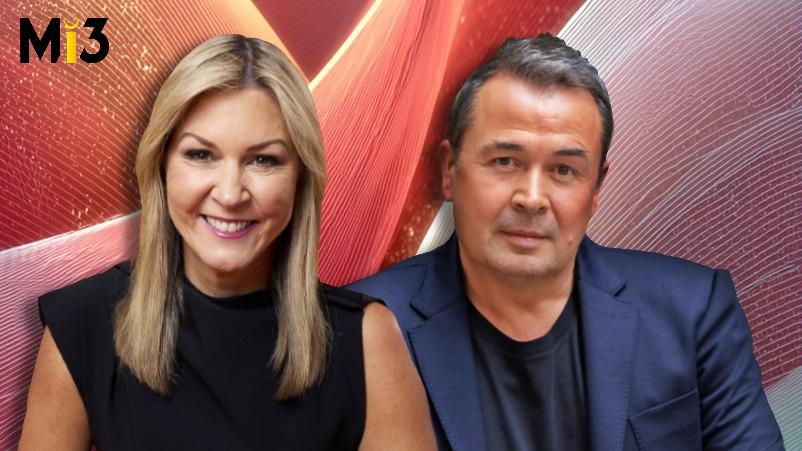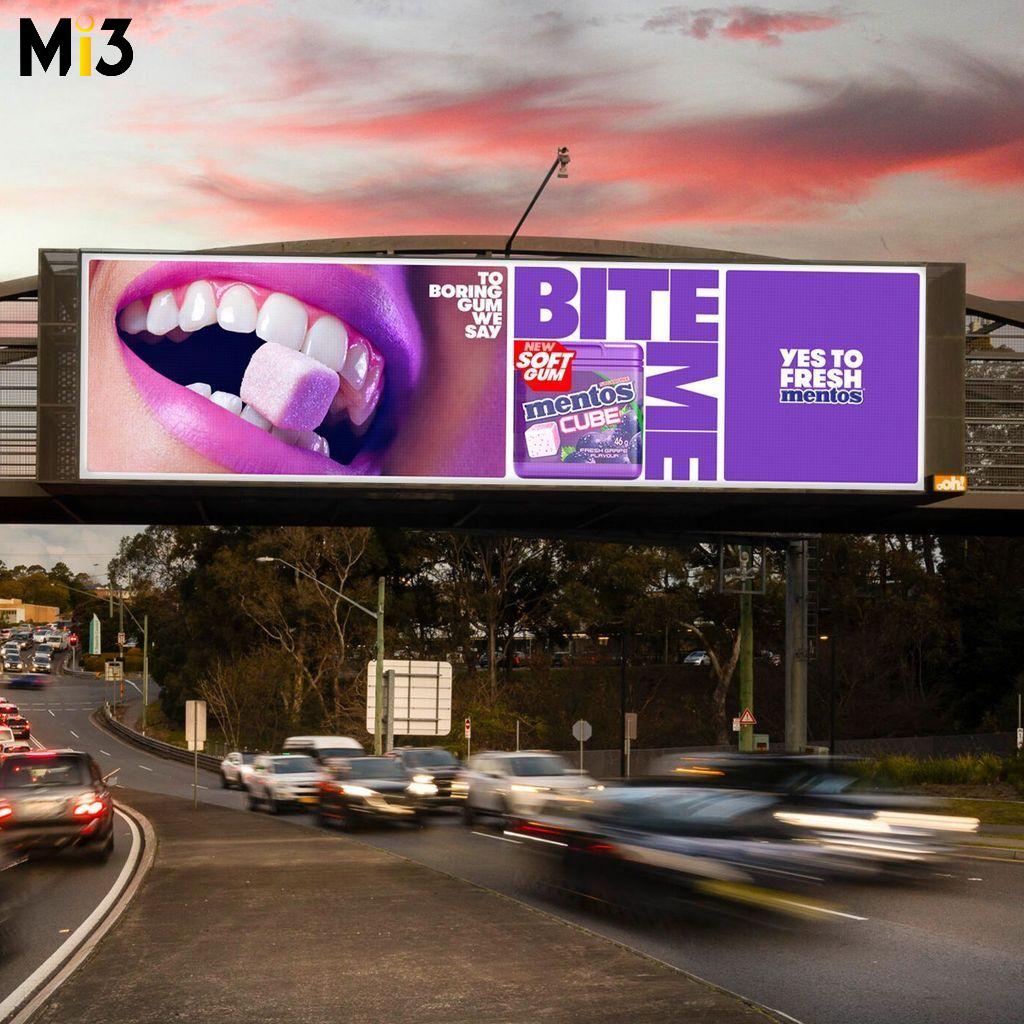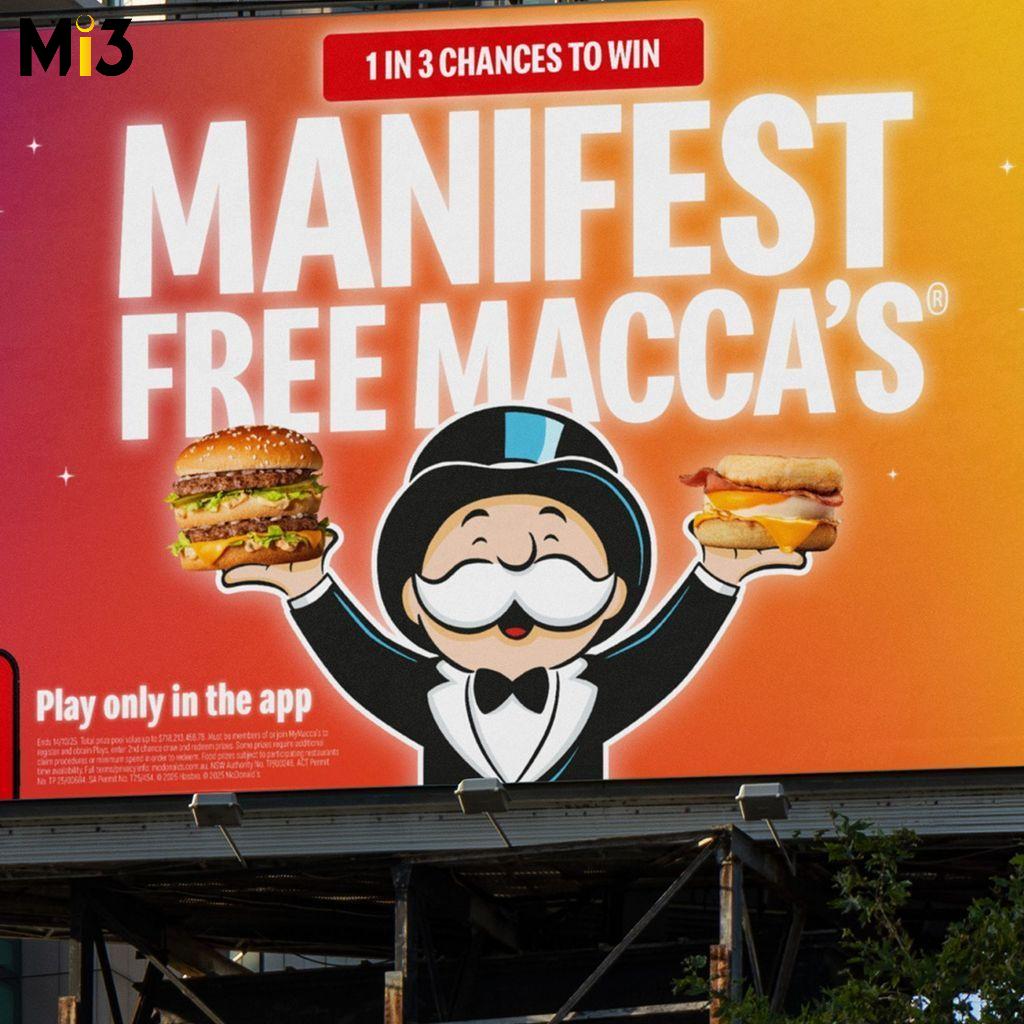Canva, in collaboration with Neuro-Insight and The Harris Poll, has released a study titled “The State of Visual Communication 2025,” underscoring the significance of visuals in brand communication, suggesting that high-quality visuals may trigger “20% stronger emotional responses and 74% faster memory encoding than text.”
Author: admin
Ex-Publicis, Havas, IPG exec turned ‘futurist’ Tom Goodwin skewers AI–agentic commerce hype, but warns ‘robotic’ marketers and agency staff risk automation; Salesforce SVP & CMO, ANZ bites back
Ex-agency exec turned futurist Tom Goodwin thinks the AI hype machine is overblown and that the web is unlikely to become a bot-to-bot commerce engine any time soon. But what can be automated probably will be automated, – and he told ADMA’s global forum that those too focused on measurement, attribution and “average-vertising” over human instinct and craft already risk “training ourselves to be more robotic”. But Goodwin does think AI could yet deliver the promise of one-to-one personalisation, for good or ill, and that “AI for discovery of a recommendation” could be the future of search. Salesforce SVP & CMO, ANZ Leandro Perez disagreed with Goodwin’s take on AI agents – and said retailers are already moving.
Cashrewards shuts down amid wider ANZ Bank corporate restructure
ANZ Bank closed its affiliate marketing platform, Cashrewards, owned by its venture fund 1835i, as part of a significant corporate restructure.
‘Hidden buyers’ stalling 40% of B2B deals: latest LinkedIn-Edelman data confirms old school marketing, lead-gen and content playbook now defunct
Four in 10 B2B deals are stalling due to internal misalignment, a new LinkedIn / Edelman report reveals. The data adds weight to a mounting pile of evidence that suggests the old B2B marketing playbook requires a wholesale rewrite. Green Hat, Bain, 6Sense, Adobe, Service Now, Dentsu and a posse of other heavyweights are saying exactly the same thing. The short answer? Invest in brand, so the hidden buyers have at least heard of you. Otherwise, forget it. The long answer is more nuanced. LinkedIn’s Matt Tindale, Flintfox’s Cath Brands and F5’s Jade Meara dive deep.
90s nostalgia brought to life in new SunRice intiative
1990s hit ‘Ice Ice Baby’ provides the soundtrack to a new SunRice campaign that pushes for Australians to include an additonal rice meal into their weekly shop.
Ecom pureplay Temple & Webster flips performance script as acquisition costs soar, piles $22m into brand, profit rockets – now aims to become consumer trends authority
Ex-performance marketing purist Temple & Webster last year flipped the script amid soaring acquisition costs and declining ROI. Over the last two financial years, the ecom pureplay spent $22m on brand, piling into TV and BVOD as well as online video and social. Record revenue and massive earnings growth suggest it’s working – and now the retailer is going always on for the “business as usual” brand play. But it’s also aiming to marry up hard customer data to become an authority on household trends within a volatile environment – and use those insights to feed product, marketing and curate customer homeware collections while telling more brand stories, hence its first Trends Report. Now to see if it moves the sales dial.
Google and R/GA unveil AI-driven healthcare campaigns
Google Australia, in collaboration with R/GA, has launched a new brand campaign aimed at showcasing the real-world impact of Google AI in the healthcare sector.
Personalisation power plays: MYOB, Suncorp rethink customer segments, algorithms and journey touchpoint efforts to drive better value – and compliance
Even as its approach to personalisation gains sophistication through AI and predictive methods of tailoring communications with customers, MYOB has chosen to dial back personalisation in the early stages of its customer journey efforts. Why? Trust and value, says COO, Dean Chadwick. Over at Suncorp, customer segments have just been reviewed, and it’s adjusted the algorithms to tweak personalisation practices using customer data. That’s because of customer preferences, along with the growing responsibility marketers have to ensure their use of personal information fits within the frame of what customers value and expect, says Suncorp EGM of marketing and customer engagement, Mim Haysom. While personalisation brings meaning and often value to the customer’s lifecycle journey with a business, it’s also critical marketers know when to turn it on and off. Because not only is it the customers asking brands for this, Australia’s Privacy Commissioner, Carly Kind, is also not shying away from using her expanded regulatory powers to get brands back into line as we await a possible onslaught of change with tranche 2 of Australia’s Privacy Laws.
Mentos goes live with ‘Mouth Off’ campaign for cube-shaped gum product launch
Mentos Australia has introduced a new product, Mentos Cube, distinguished by its cube shape. The launch will be accompanied by a campaign titled ‘Mouth Off’, crafted by The Idea Shed.
Monopoly returns to Macca’s with six-week promo campaign
Monopoly at Macca’s is set to make a comeback this September with a six-week promotion that promises a one in three chance of winning prizes and a guaranteed daily bonus win for eligible players.


